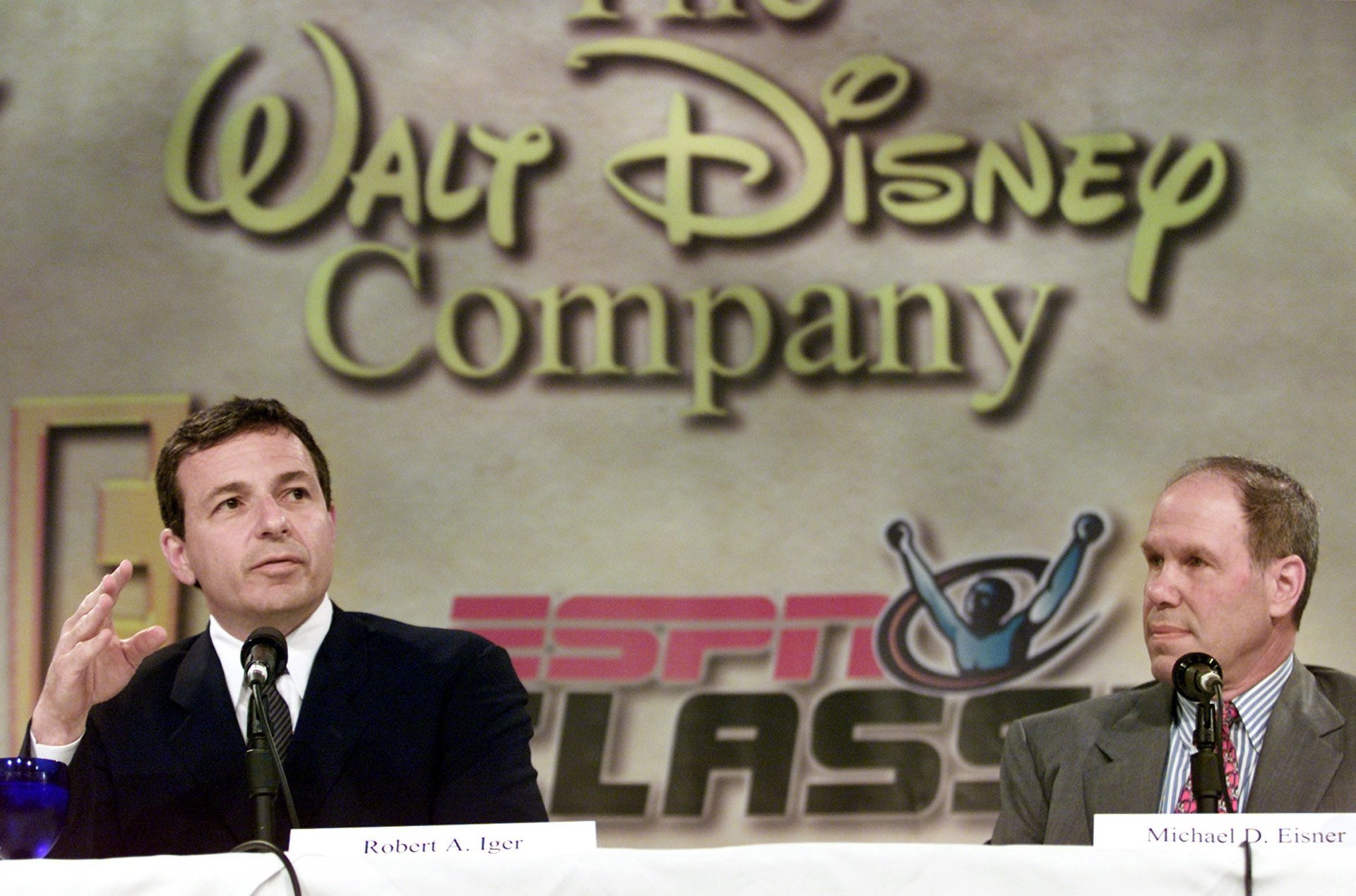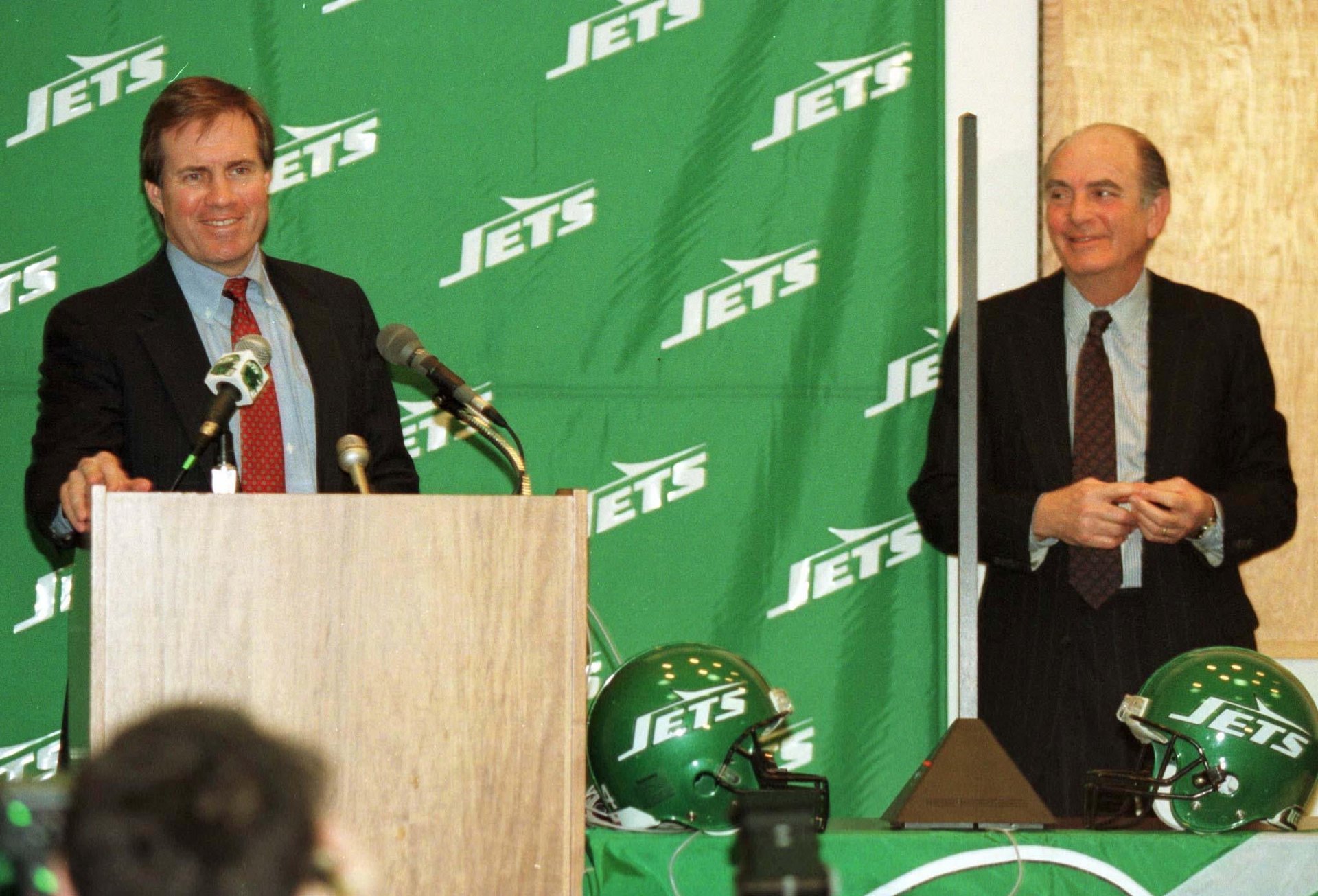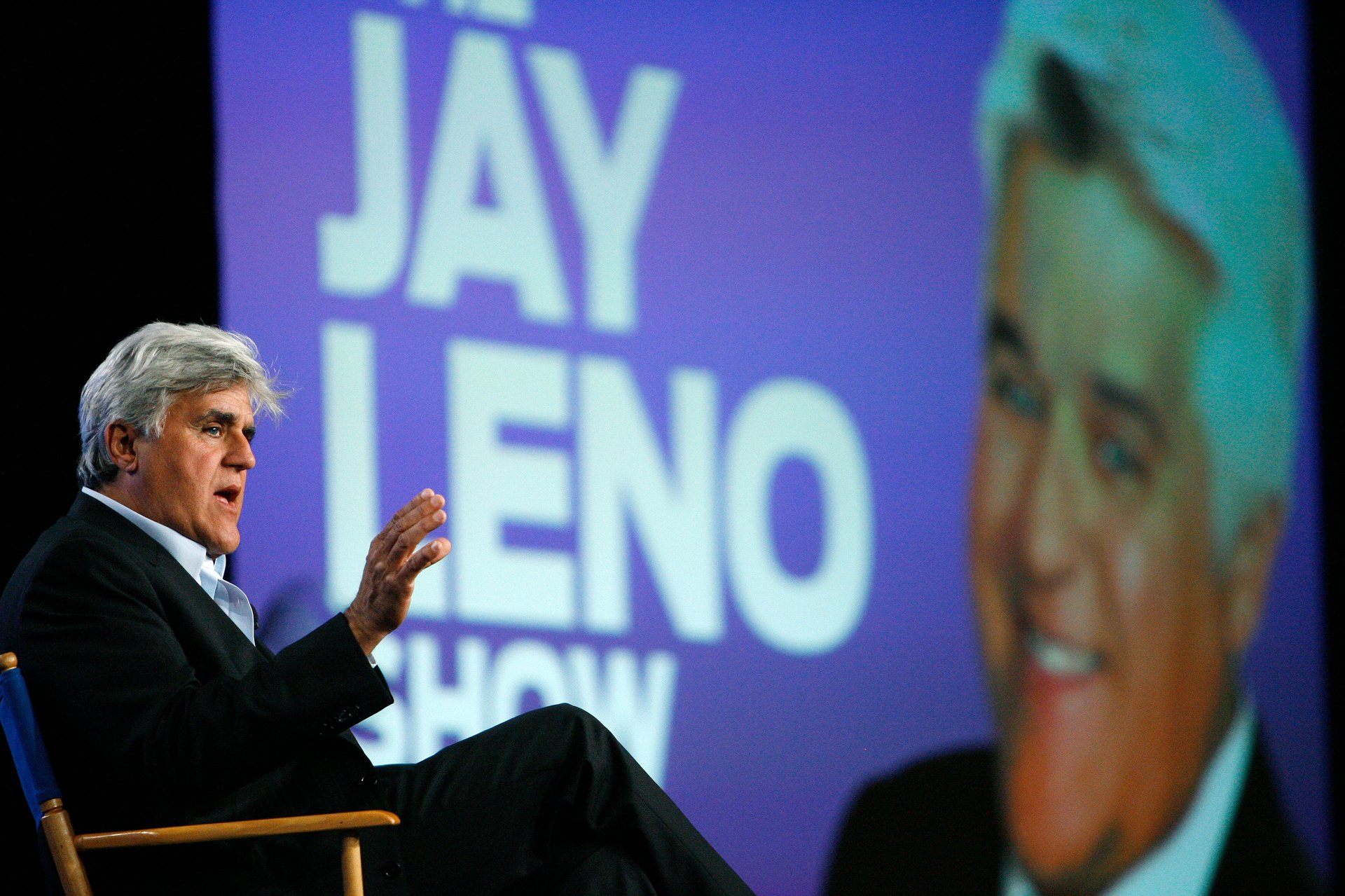A short history of succession-planning disasters
Succession plans are a bit like airplane landings: They only make news when something goes wrong.


Succession plans are a bit like airplane landings: They only make news when something goes wrong.
On Feb. 2, Jeff Bezos announced that he would be stepping down as Amazon’s CEO later this year and handing the reins to Amazon Web Services chief Andy Jassy. While it’s too soon to tell if that transition will go smoothly, there is no shortage of ways for Amazon to bungle it.
Here’s a rundown of some high-profile successions that did not go at all as planned:
Trouble at Disney
Entire books have been written about Disney’s failures at managing an orderly succession. The most notorious example came in 1995, when former CEO Michael Eisner faced pressure from the Disney board to designate a successor following the death of president Frank Wells. Eisner cast aside his presumed replacement, Jeffrey Katzenberg, and instead hired super-agent Michael Ovitz away from the Creative Arts Agency to be president.
The decision proved triply disastrous. Katzenberg, who had run Disney’s movie division, sued to enforce the terms of a contract that promised him 2% of Disney’s revenues, which eventually cost Disney nearly $270 million. After years of ruling CAA, Ovitz struggled to adjust to Disney’s culture and being Eisner’s No. 2; he left after 14 months, with a $140 million golden parachute. Finally, shareholders revolted, first suing Disney over the size Ovitz’s severance package and later forcing Eisner from his position as Disney chair in 2004. He stepped down as CEO the following year.

Given that drama, it made sense for Eisner’s successor, Bob Iger, to more carefully plan his own succession. In 2010, Iger identified two likely candidates to take the head job after his planned departure—theme park chief Tom Staggs and CFO Jay Rasulo—then named Staggs chief operating officer in 2015, effectively ending the contest and leading Rasulo to depart. The process was so smooth it was literally a textbook example of a CEO succession.
Yet that too went awry. Staggs lost (or never had) the support of the board, and he was ousted in 2016, flushing away a six-year process. With no obvious No. 2 in place, Iger eventually agreed to stay on another five years, only to abruptly step down last year and hand the reins to Bob Chapek, also a theme park head. Iger remains executive chairman, which means he could still potentially take his old job back. (That’s what Howard Schultz did at Starbucks.)
Low-flying Jets
Even some non-football fans have heard of Bill Belichick, the famously taciturn and wildly successful head coach of the New England Patriots. Football fans of a certain age may recall Belichick’s much less celebrated stint as head coach of the Cleveland Browns in the 1990s. But even the most die-hard fans might have no recollection of Belichick’s 48-hour tenure as head coach of the New York Jets in 1999.

After his stumbles in Cleveland, Belichick was licking his wounds as the assistant head coach of the Jets under his mentor, Bill Parcells. Belichick had actually briefly been named Jets head coach in 1997, after they failed to land Parcells, but when Parcells and the Jets struck a deal, Belichick was bumped back to No. 2. As a concession, however, he was contractually promised the Jets’ head coaching position should Parcells leave.
Following the 1999 season, Parcells abruptly retired (it was short-lived) and, as was agreed upon, the job was given to Belichick. Just one problem: No one made sure he still wanted it. As it turned out, Belichick had a more attractive offer from the Patriots and was reportedly uneasy about ownership turmoil at the Jets. Moments before his press conference to be introduced as the Jets’ head coach, Belichick scribbled on a piece of paper that he was resigning as “HC of the NYJ” and publicly announced his resignation.
Under Belichick, and with the talents of quarterback Tom Brady, New England has won six Super Bowls. The Jets have yet to win another since their lone championship in 1969.
Late-night drama
In 2004, NBC had an enviable problem: too many late-night comedy stars. Jay Leno was killing it as host of the 11:35pm flagship talk show, The Tonight Show. And Late Night with Conan O’Brien, which followed at 12:35am, was hugely popular with the much-sought-after younger audience. With O’Brien’s contract about to expire, NBC feared losing him to a rival network that could promise him an earlier show, as had happened with David Letterman in 1992. To lock up O’Brien, they signed him to a new deal with the promise he would succeed Leno in five years time.

Leno, however, was not fully on board with his scheduled retirement. Not only did NBC present the deal to him as a fait accompli, he had no interest in leaving television in 2009 and planned a move to another network. Alarmed, NBC gave him another show, The Jay Leno Show, which appeared nightly at 10pm starting in September 2009. But both Leno and O’Brien struggled in their new time slots, and when NBC executives engineered a solution—return Leno to his previous time but lop off half an hour so O’Brien could start his show at 12:05am—O’Brien balked.
The end result was O’Brien left for TBS with a $45 million settlement from NBC, Leno returned to his old time slot in 2010, and in 2014, Leno finally stepped aside for Jimmy Fallon.
Make way for the king
Of course, none of those succession plans were dictated by 1701’s Act of Settlement, as was the ascension of Edward VIII to the throne of England in 1936.
As monarchy buffs and avid watchers of The Crown can attest, it didn’t exactly go as planned. Edward was a rebellious sort with little patience for the expectations of British royalty. He famously provoked a constitutional crisis by proposing to Wallis Simpson, a previously divorced American, shortly after becoming king. The Act of Settlement, passed by Parliament to codify the rules of royal succession and to prevent Roman Catholics from sitting on the throne, affirmed the responsibility of the sovereign to “joyn in communion with the Church of England.” Marriage after a divorce was still prohibited by the church in the 1930s, and Edward chose to abdicate the throne rather than abandon Simpson or throw the government into turmoil.

That meant the crown fell to Edward’s younger brother, Albert, who not been groomed for the role. Nevertheless, Albert—he changed his name to George VI—was crowned on Dec. 11 of that year. Edward served 326 days, while George VI reigned for 16 years. George’s daughter still has the job.